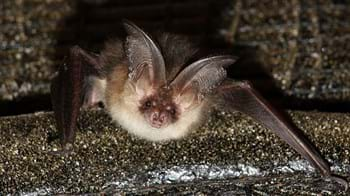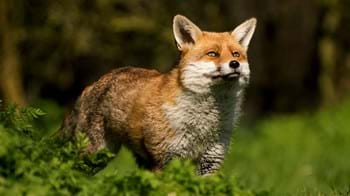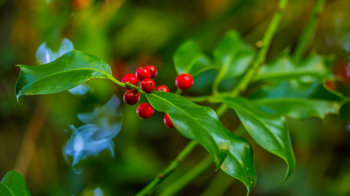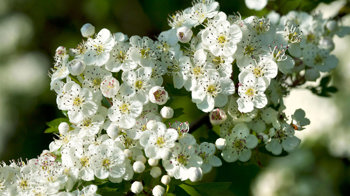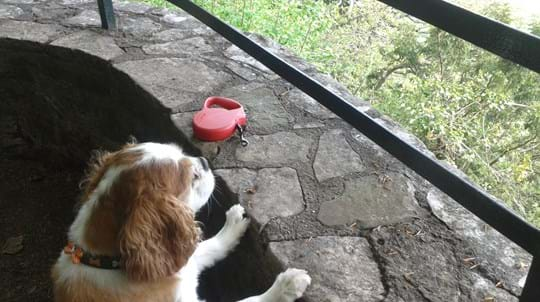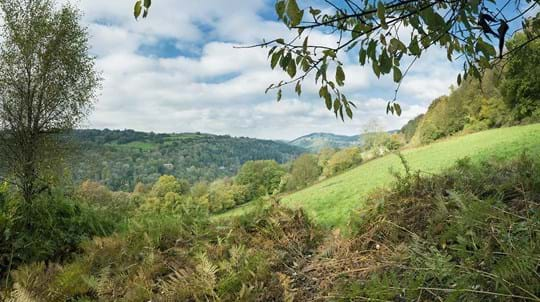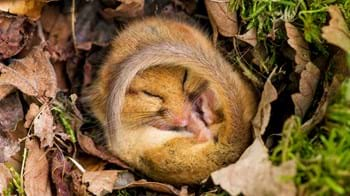
Cadora Woods
St. Briavels

Woodland Trust wood group
- Bigsweir Wood
- Causeway Grove
- Cadora Woods
43.37 ha (107.17 acres)
SO545060
Explorer 14
OS Landranger 162
The beautiful lower Wye Valley is the location of one of the most important concentrations of ancient semi-natural woodland in Britain, and Cadora Woods is a key component of that assortment of wildlife-rich habitats.
With plenty of paths to explore and a wealth of wildlife to discover, the woods offer a great opportunity for visitors to get close to nature all year round.
Features
- Parking at site
- Public access
- Broadleaved woodland
How to get to Cadora Woods
Set in the beautiful border valley of the River Wye within the Wye Valley Area of Outstanding Natural Beauty (AONB), Cadora Woods occupies a 3.75km (2.3 miles) stretch of the valley’s west-facing slopes and covers a total of 113 hectares (279.2 acres).
The site is made up of three blocks of woodland: Bigsweir Wood (45 hectares/111.2 acres), a Site of Special Scientific Interest (SSSI); Causeway Grove (5 hectares/12.4 acres); and Cadora Woods (63 hectares/155.7 acres).
From the village of Redbrook, Cadora Woods can be reached via Coxbury Lane, a publicly-maintained byway that is steep in places. Coxbury Lane also passes through Highbury Fields. There is a car park to the south, off a minor road that joins the A466 close to Bigsweir Bridge.
The nearest train station is Chepstow which is about 16km (10 miles) south of the wood.
Visit National Rail for more information.
Bus services stop at Redbrook and Bigsweir Bridge.
Visit Traveline for more information.
Facilities and access
Cadora Woods is crossed by several public footpaths as well as the Offa's Dyke Path National Trail.
There are a number of permissive paths; terrain varies and can be muddy. The Offa’s Dyke Path through the woods is narrow in places.
A picnic bench has been installed at the southern car park.
Highbury Fields can be accessed on foot via the Offa’s Dyke Path and has mown tracks and a bench.
Free parking is available on site.
There are public toilets in Monmouth, around 10km (6 miles) from Cadora Woods.
Wildlife and habitats
Animals
There's a wealth of animal life at Cadora Woods. Whether you hear the melancholic hoot of the tawny owl or catch a glimpse of an emperor dragonfly darting by, you're sure to spot something.
126 species of beetle have been recorded here and butterflies flock in the summer too. If you stay until dusk, you might be lucky enough to spot some of the bats that rely on the wood.
Trees, plants and fungi
Cadora Woods has a huge variety of flora, fungi and foliage. It's a sea of bluebells in the spring and covered in bramble for the rest of the year.
A mix of broadleaf and conifer trees make up most of the woods, with a lot of Cadora being planted with Douglas fir.
If you've got a keen eye for fungi, be sure to look out for some of the weird and wonderful species of elfcup and crust fungus that thrive here.
Habitats
Set in the stunning lower Wye Valley, which is considered one of the most important concentrations of ancient woodland in Britain, these lovely woods are a vital link in the surrounding landscape.
We bought the first block of woodland in 1982, adding Causeway Grove in 1984. Then came Cadora Woods, linking the two sites, which we bought with help from Heritage Lottery Fund in 1999, followed by Highbury Fields completing the site.
About Cadora Woods
Historic metal extraction and processing has left its mark all over the Wye Valley, Cadora Woods included. Metal-working usually took place at the bottom of valleys and some sites are thought to date back to the Roman period.
Cadora is also linked to national history as Offa's Dyke, Britain's longest archaeological monument, runs through it. The feature dates back to the 8th century and typically consists of a bank and a deep ditch to the west. It's thought to have been built for Offa, the Mercian king, to mark the boundary between his kingdom and Welsh rivals. That said, it's true purpose is unknown.
Things to do at Cadora Woods
Walking
There's plenty of ground to cover at Cadora Woods. See how much of the varied flora and fauna you can spot on your visit.



















